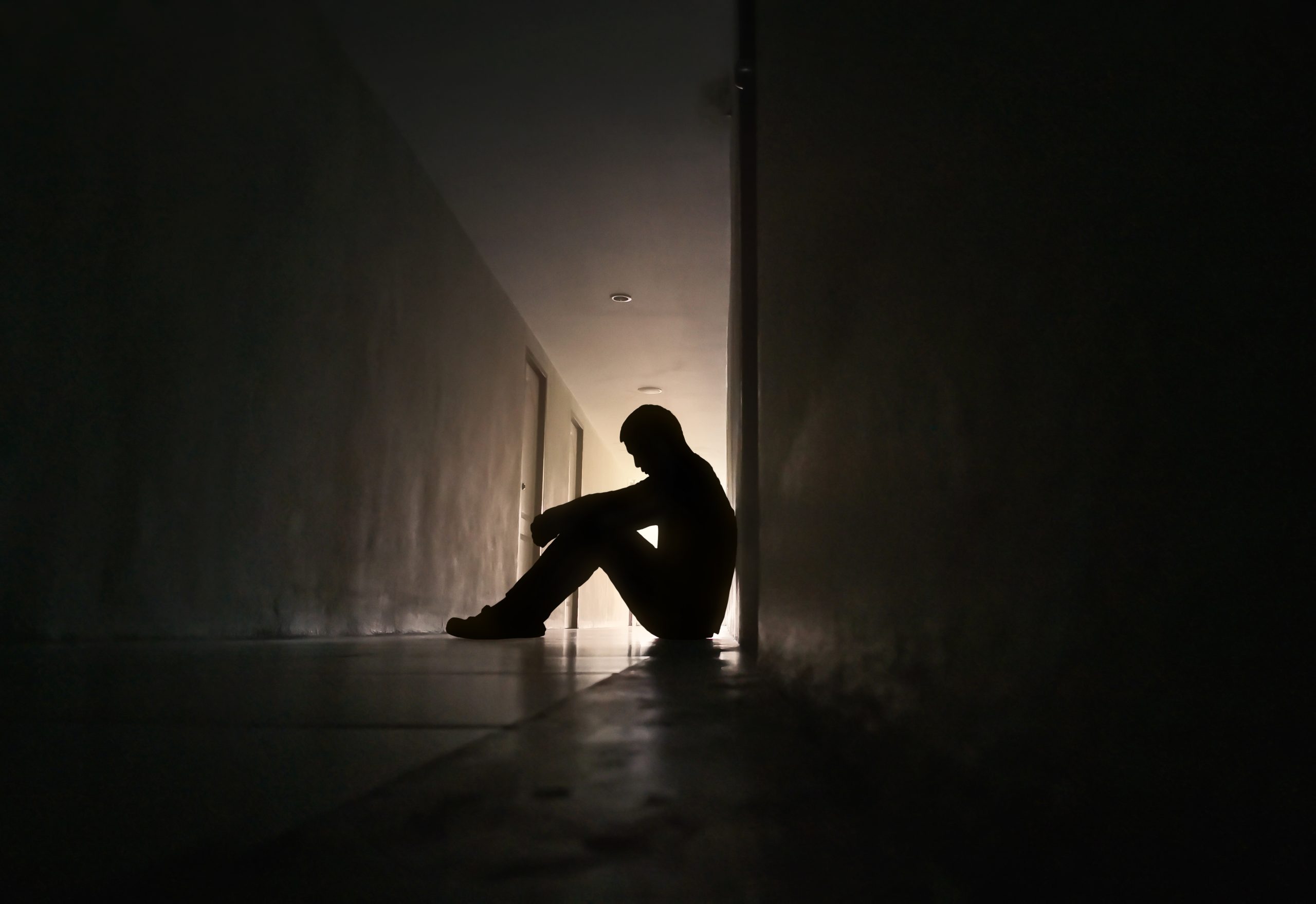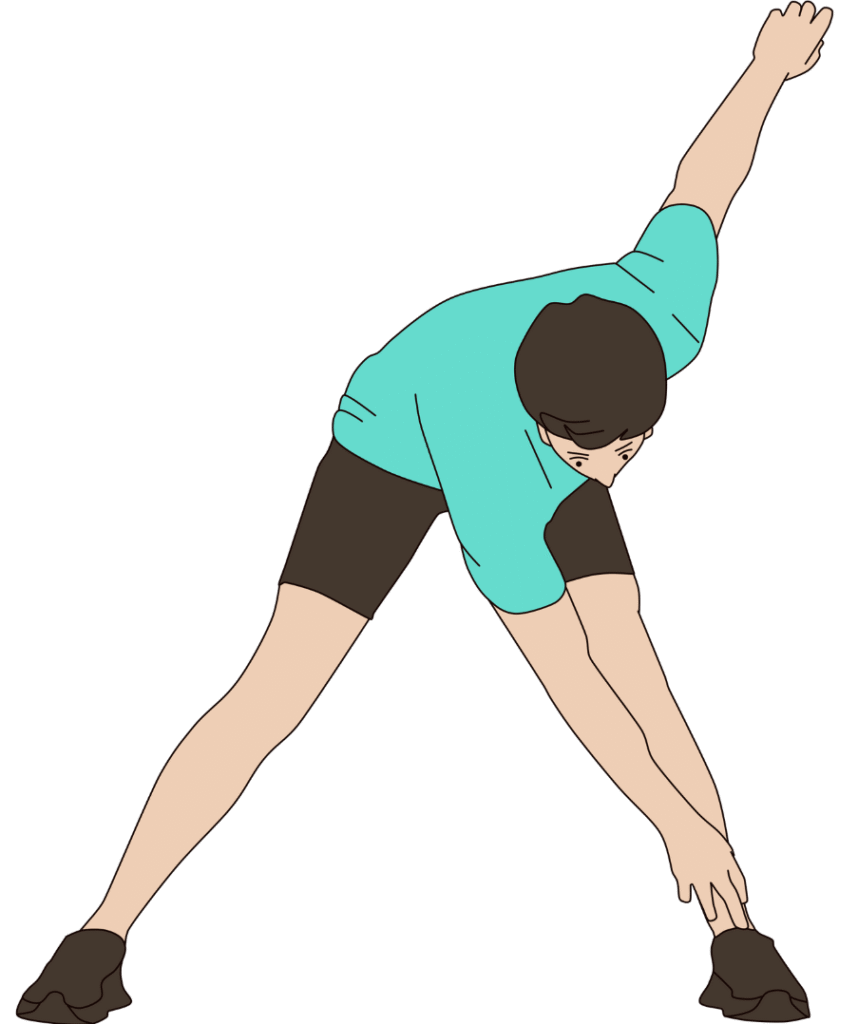Virtual avatars are giving people with schizophrenia the power to confront and silence the distressing voices that once controlled their lives.
At a Glance
- Avatar therapy is a computer-based intervention allowing patients with schizophrenia to create and interact with visual representations of their auditory hallucinations
- Recent trials show significant reductions in voice frequency, distress, and severity after just weeks of therapy
- The therapy has been recommended by the UK’s National Institute for Health and Care Excellence (NICE) for use in the NHS
- The treatment is more cost-effective and faster-acting than many traditional non-pharmacological approaches
- Avatar therapy requires minimal equipment and can be delivered remotely, making it accessible for widespread implementation
How Avatar Therapy Works
Avatar therapy represents a significant departure from conventional approaches to treating auditory hallucinations in schizophrenia. This innovative treatment involves creating a digital representation of the voice a patient hears, allowing them to see and interact with their hallucination in a controlled therapeutic environment. During sessions, the therapist helps the patient customize an avatar’s face and voice to match their perception of their hallucination, creating a visual anchor for what was previously an invisible tormentor.
The therapy sessions typically involve the therapist alternating between playing the role of the avatar and providing therapeutic guidance. Initially, the avatar may deliver the same critical or threatening messages the patient regularly experiences, but gradually, under the therapist’s control, the avatar becomes less hostile and more supportive.
https://www.youtube.com/watch?v=lbQv55dZFAQ
This approach directly addresses a long-standing reluctance in psychiatric treatment. As Ben Alderson-Day noted, “There’s been a reluctance to engage much with the content of voices.” By confronting these voices directly, avatar therapy marks a significant shift in therapeutic strategy, acknowledging the reality of patients’ experiences rather than trying to suppress or ignore them.
Avatar therapy may help to reduce auditory hallucinations for people with #schizophrenia – new @KingsIoPPN & @MaudsleyNHS @wellcometrust-funded research published today in @TheLancetPsych: https://t.co/BR3qwHgvnn pic.twitter.com/emhhXWbUpD
— Institute of Psychiatry, Psychology & Neuroscience (@KingsIoPPN) November 24, 2017
Evidence of Effectiveness
The results from clinical trials of avatar therapy have been remarkably promising. The AVATAR2 trial, one of the largest studies to date, involved 345 participants across the UK and demonstrated significant improvements in patients’ conditions. This trial tested both brief and extended versions of the therapy, showing that even short-term interventions could produce meaningful results. Patients reported reduced distress, decreased severity, and lower frequency of auditory hallucinations after just 16 weeks of treatment.
The therapy’s effectiveness extends beyond simply reducing hallucinations. Patients also show improvements in beliefs about voice omnipotence and malevolence, as well as reduced symptoms of depression. These comprehensive benefits suggest that avatar therapy addresses multiple dimensions of the psychological burden imposed by auditory hallucinations. Unlike many psychiatric treatments that may take months or years to show results, avatar therapy often produces noticeable improvements within weeks.
A novel digital treatment designed to reduce the frequency of auditory hallucinations and associated distress in patients with psychosis has been shown to be safe and effective. https://t.co/q3Xbr8A5OO
— Medscape (@Medscape) October 29, 2024
Practical Implementation and Accessibility
One of the most promising aspects of avatar therapy is its practicality. The treatment requires minimal technical resources – just a computer with a headset and webcam – making it relatively inexpensive to implement. This simplicity also means the therapy can be delivered remotely, an especially valuable feature for reaching patients in underserved areas or those who have difficulty traveling to treatment centers.
The UK’s National Institute for Health and Care Excellence (NICE) has already recommended avatar therapy for use in the National Health Service, with plans for widespread implementation within the next five years. Training courses for clinicians are being developed to ensure proper delivery of the therapy. This institutional support represents a significant vote of confidence in the treatment’s effectiveness and feasibility, potentially making it available to thousands of patients who currently struggle with limited treatment options.
Future Directions and Limitations
While avatar therapy shows great promise, researchers and clinicians are careful not to position it as a cure-all for schizophrenia. The therapy primarily targets auditory hallucinations, which are just one symptom of a complex disorder. However, its success opens new possibilities for understanding and treating voice hearing in other mental health conditions as well. The therapy’s emphasis on patient empowerment – giving individuals tools to confront and gain mastery over their hallucinations – represents a valuable shift in treatment philosophy.
Researchers are also exploring adaptations using more advanced virtual reality technology, which could further enhance the immersive quality of the therapy. These technological improvements may address current limitations, such as ensuring consistent patient engagement throughout the treatment course. As with any psychiatric intervention, individual responses vary, and ongoing research aims to identify which patients are most likely to benefit from this approach.
Avatar therapy represents a truly innovative approach that honors patients’ experiences while giving them practical tools to manage distressing symptoms. For adults facing the challenges of living with schizophrenia, this development offers new hope for regaining control over their mental health and quality of life.








